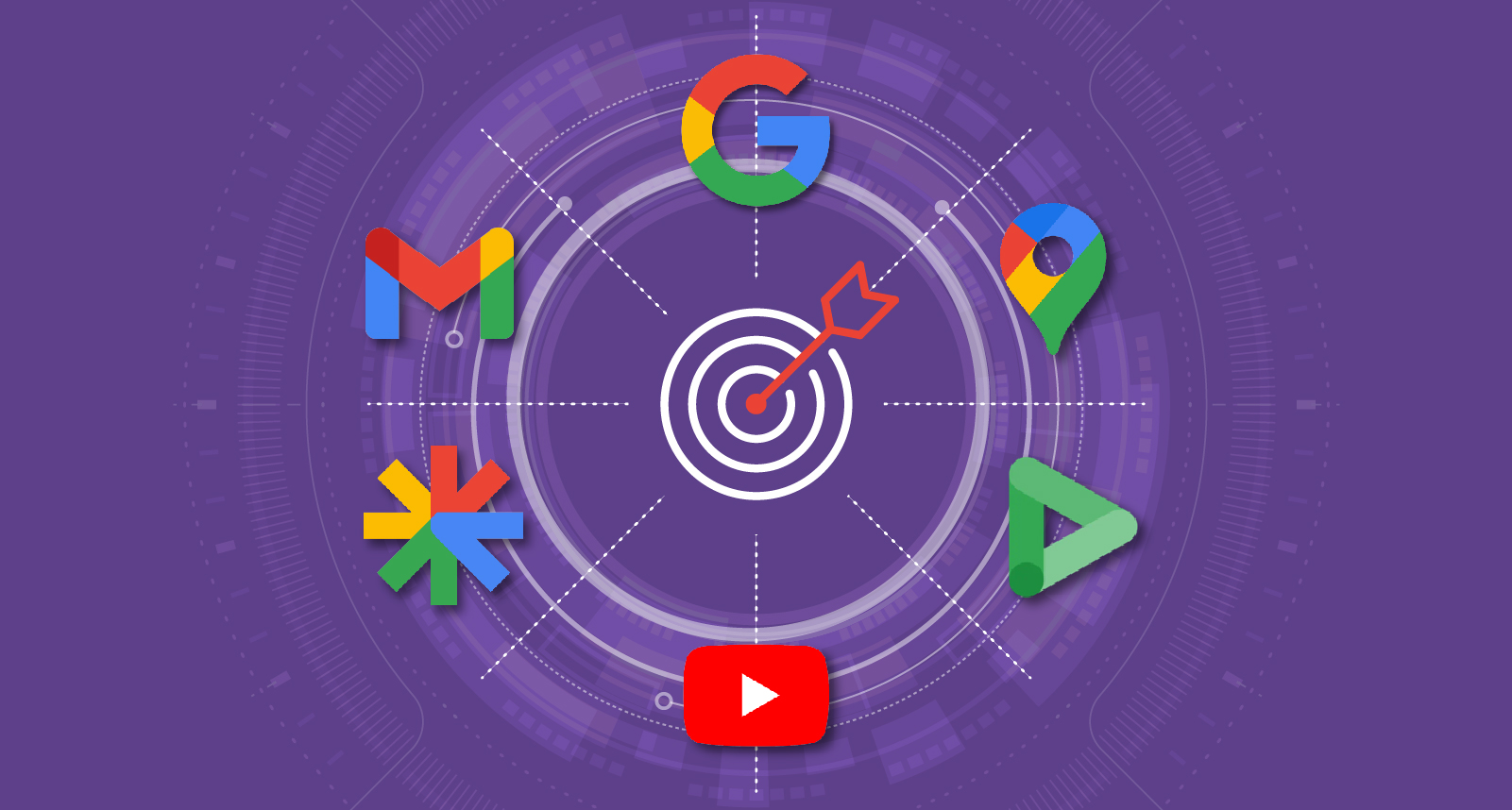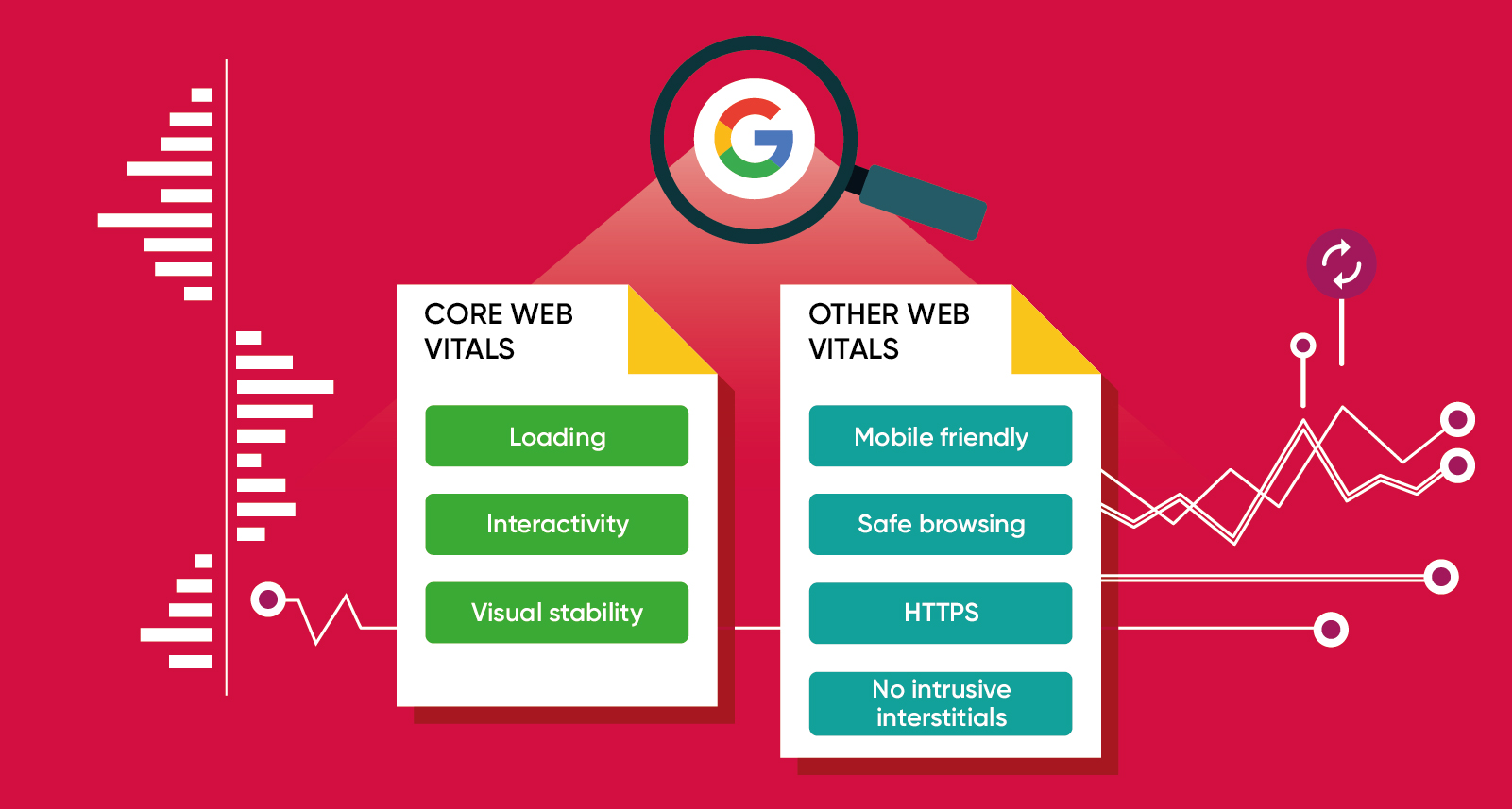What is UX?
UX or User Experience is quite simply a user’s feelings towards a particular product, system or service.
When referring to digital solutions such as websites or native applications, UX is used to help measure and improve the effectiveness of goal-orientated tasks carried out by the user.
For example, if your target is to improve sales from a certain area of your website, a UX designer would test the current ‘user journey’ and refine it in such a way to encourage an increase.
The better experience you provide, the better your site or application will perform.
UX can be one of the most cost-effective methods to help separate you from your competitors, offering a positive return of investment and an increase in sales or enquiries.
Here are 5 things we want you to know, so you can get started today!
Know your customer
Do you really know who your customers are? Do you know which areas are the most profitable?
We’re not talking about putting yourself in the customer shoes and making some changes based on an emotional rationale.
We are simply saying, talk to your customers.
Here are some simple feedback methods that will help you gather invaluable information
What you can do
- Use SurveyMonkey to carry out customer surveys.
- Drop them a friendly email and ask for feedback.
- Enable a live chat or feedback button on your website or application.
You can also use this information to segment your customers.
Once you have segmented your customers based on criteria you decide, such as demographics or behaviour, you can target them with the correct marketing message by positioning yourself in the market that would resonate with the user.
Read more about Segmentation, Targeting and Positioning Model.
It’s not all about the words
We mentioned about appealing to your customer but what if you want to position yourself as manufacturer of quality? A website full of text is not going help the user understand this concept. Instead, you must work harder to introduce visual elements to the page.
In this fictional scenario; ‘a picture or brand logo of who you worked with is worth a 1000 words’
Think about your audience and their journey. Your website should be intuitive and it should answer the questions of the user who lands on your website.
Tools are your best friend
You know who your customers are; you know how you want to position yourself. Now what?
Well, there are many tools that will get you started on testing the user experience.
What tools you can use
- Crazy Egg – provides heat mapping to show where a user clicks on your website
- Optimizely – optimise the user experiences with data
Use these tools to set up tests or gather intelligence on user experience. For example, remove or hide irrelevant content that may cause the visitor to leave the site.
Measure the user experience
How do you know it gives you a positive return on investment?
The advice is to set Key Performance Indicators (KPI) to determine the outcome of the user experience.
Remember the user has to be lead to perform an action that has value, for example, a purchase.
Many companies look at the time on site and bounce rate, but they shouldn’t be used alone. They must be used in context with other metrics.
Have a look at:
- Frequency and Recency
- Form usage
- How often is the back button pressed?
- Purchases
Always be testing
The web is constantly changing so test new user experiences when new technology is out to stay up to date and match this with your customer segments to give them a mind-blowing experience. It could pay off in a long run.
To conclude, UX can be a cost-effective way to bring in more business and it can separate you from your competitors.












